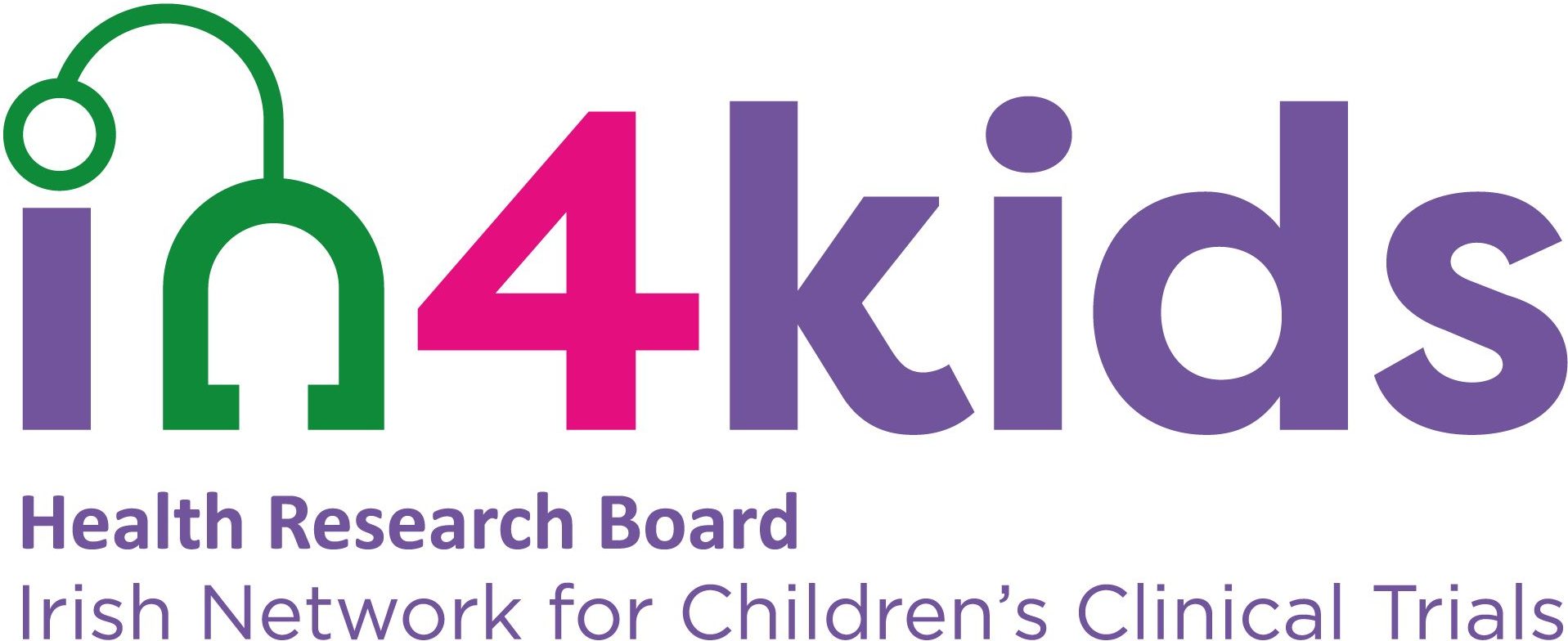Cerebral Palsy Glossary
F
Febrile Seizures
Generalised tonic-clonic (or grand mal) seizure brought on by sudden rise of body temperatures to 38 or higher. It is most common in children under age six. Duration is often less than five minutes.
Feeding tube
Tube of soft plastic used in feeding for those who have difficulty getting enough nutrition through regular eating.
Femoral torsion (femoral anteversion)
Inward twisting of the femur causing the knees and feet turn inward.
Fine motor
Using small muscle groups, such as face, hands, feet, fingers, toes. Fine motor skills include feeding, holding an object between thumb and fore finger (pincher grasp), turning/twisting, etc
Fine Motor Delay
Fine motor developmental delays describe a lag in the ability to use the extremities (hands, fingers, wrists, tongue, lips, feet, and toes) as expected for a child's age. Fine motor skills involve the ability to hold, use, or manipulate objects using some of the smallest muscles of the body
